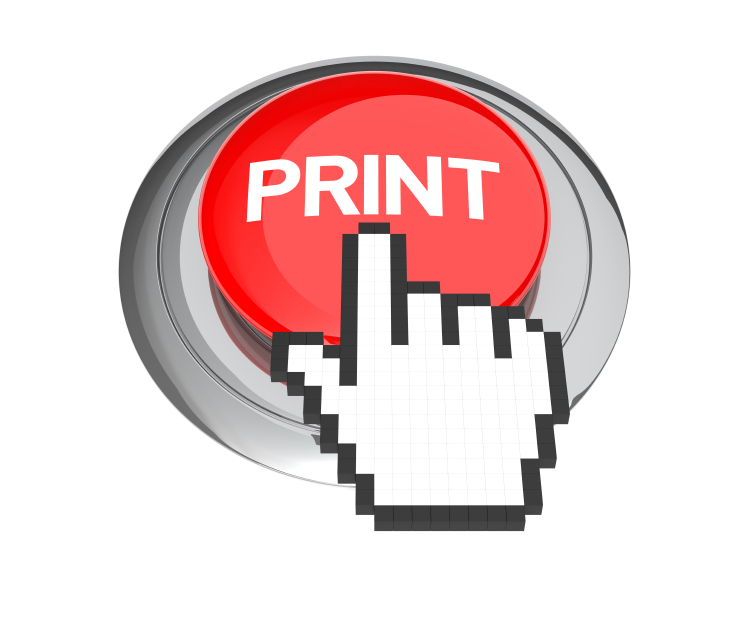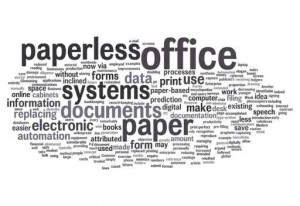
With the growth of the economy in reverse mode and the Chancellor exclaiming that it’s going to take longer to recover from the financial crisis (although the national debt has reduced) companies will be striving to look at ways of streamlining their operations and improving efficiency.
There’s an argument that suggests the more economically challenged the economy is the greater opportunities there are to be exploited.
Only the strong succeed, losers need not apply spring to mind. Therefore our business objectives need to include a strong will, being well prepared and persistence.
The companies who include the above in their business objectives are likely to survive the global doom and come out on top on the other side.
Recently one company/manufacturer with a turnover of £10 million+ told me “we’ve tried everything, we’ve exhausted every possibility, the business is as solid as it can be given the current climate but no-one is buying anything. You can’t sell it if people can’t buy it because they haven’t been given a budget.”
Are you keeping a close eye on your profit? All well and good looking at the cash value in the bank but are you making a profit. There is always something companies can do to make sure they are running a tight ship and are as efficient as they can be.
There is no magic wand to fix the erring global economy and for many businesses, survival is making it from one month to the next; one week to the next.
The companies that win are those who lead, take the initiative and are not afraid.
Here are some points to consider:-
1. Rely on no one – does this sound cynical? Success will not happen until you accept that no one thing or no one person is the cause of your problems and only you can make your goals happen.
2. It’s unlikely that the economy is suddenly going to do a u-turn anytime soon so it’s important to make sure we are aware of any industry changes that might have an impact on our business or us personally. Make yourself invaluable to your company (as an employee) and to your customers by being visible and offering solutions even if they are not in the frame of mind to consider them. At least it demonstrates entrepreneurial intent and that you have the customers best interests at heart.
3. Be more pro-active. Just when you think you’ve exhausted all avenues talk to other businesses, colleagues, associates and customers. Find out what they are doing, how are they generating business, what marketing initiatives have they deployed that you might not have done yet? Set small goals and tick them off when they are done. It could be a change in the workflow process that can make all the difference in increasing your profit margin.
4. Be upbeat – at the start of this year, the majority of businesses we spoke to were. There was a sense of optimism in the air, sales were being done and then along came the Greek economic crisis and kicked everyone out of touch. Nothing like a bad bit of economic news to knock businesses. Being upbeat and optimistic separates us from the rest of the “done-in” crowd.
Each day our world is rocked by events that are either unplanned or completely unexpected by staying focussed and working on a plan keeps us calm and less stressed.
5. Be ever-present everywhere. Now is not the time to live in obscurity. Let potential customers know you are there.
Have a social media strategy, showcase your company with up to date content on your website, tell your companies success stories and share your success openly.
It defines the importance of keeping focussed and why we are actually in business and these things are sometimes forgotten when we are in the thick of things.
6. What if you’ve lost that va va voom; the passion you need that gives you the reason to get up in the morning? Think about a business coach or a friend who can be objective enough to give you advice.
Finally…

If you no longer enjoy what you are doing then its time to take a good look and understand why.
If you’re not enjoying what you are doing then you need to take a long hard look at the reasons why.
Be honest with yourself and if the job or the business is not working and you’ve exhausted every avenue; if the passion has gone completely and you are not motivated to continue, then its time to take a long hard look and make a decision about whether you continue.
Could it be there is no longer a market or niche for your products or services in which case is it time to cut your losses and ship on out? Sometimes things happen for a reason and events are out of our hands.
This is not being negative its being a realist.
Too many companies bury their heads in the sand and think the next week or month will be better when the profit and loss sheet tells a different story.









